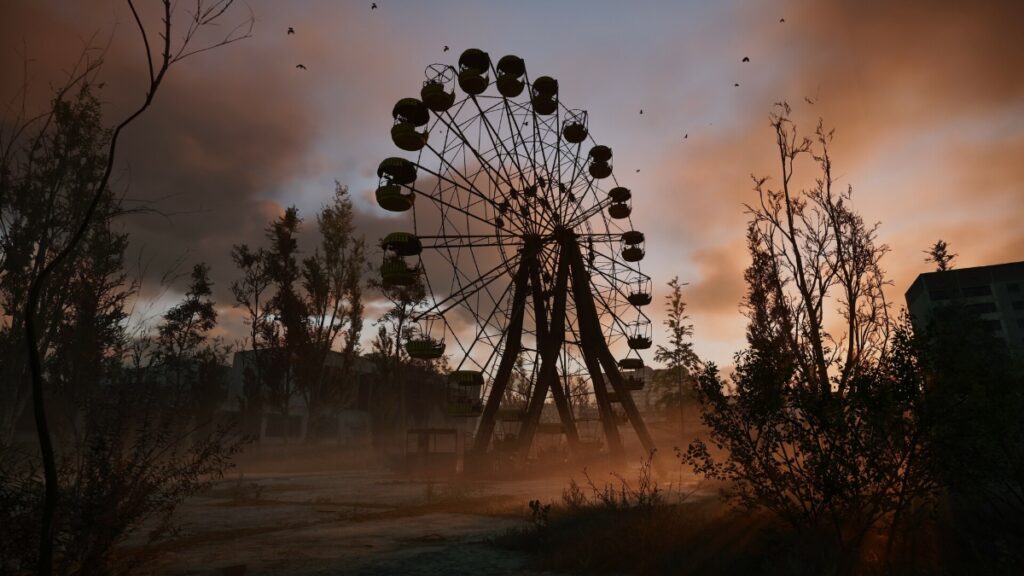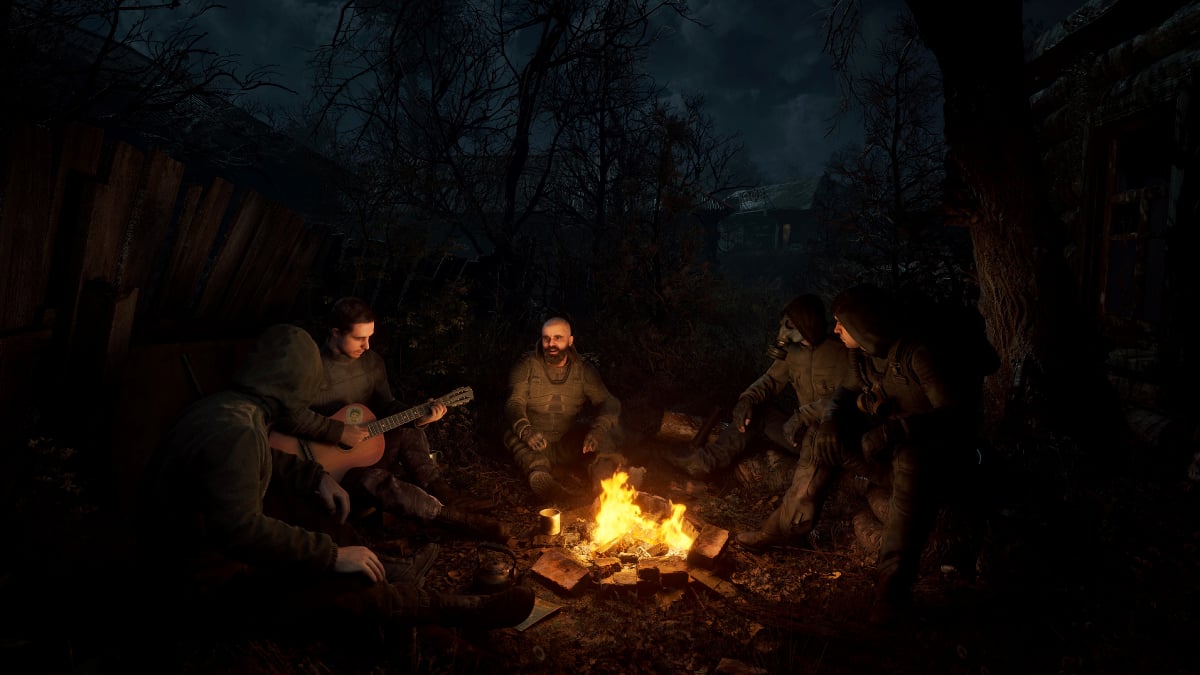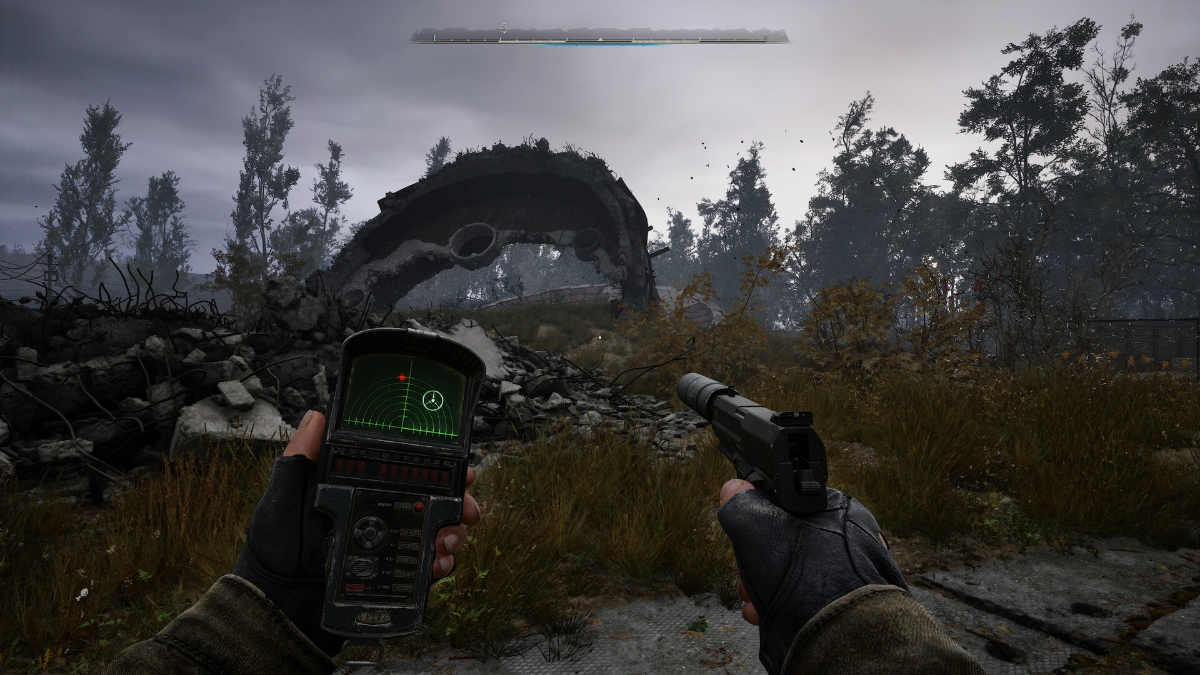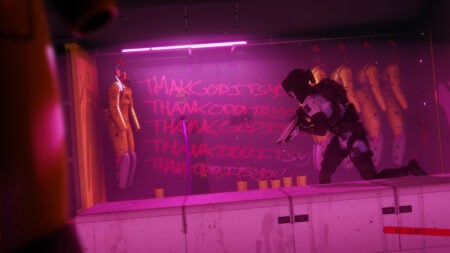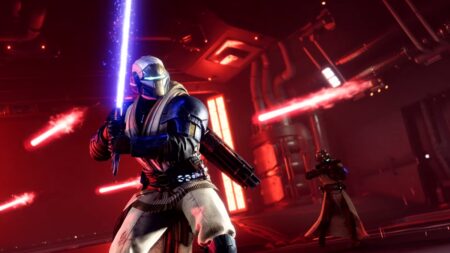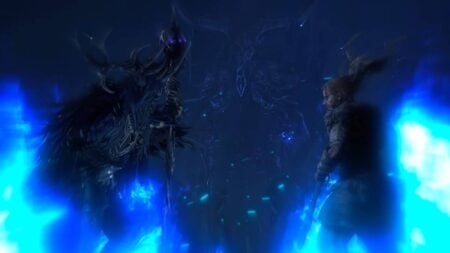Skip To...
For the most part, STALKER 2 stays true to its franchise’s roots where you take on the role of a hopeful young gopnik looking for a golden needle in a radioactive landfill. Sandbox stretches like these are when the game feels like it’s at its peak. You might stumble upon a mutant wolf that creates clones while you’re evading a bandit base or just unwittingly get sniped out in the open.
It’s that emergent and often random gameplay that makes the game feel alive and fresh. Arguably this is the definitive experience in STALKER 2 even if most of the AI systems and the famed A-Life 2.0 (organic NPC pathing AI) are bugged.
So even with all the expected Eurojank and “is-it-a-bug-or-a-feature” moments, it was still a novel and enjoyable game. I can only sum it up as Fallout for adults. Sadly, unlike Fallout, STALKER 2 falls apart once it starts telling you what to do, where to go, and what to loot in its old-fashioned main quest system.
The Main Quest is a Rusty Railroad
STALKER 2‘s main quest cutscenes— especially with its voiced protagonist, are something you can easily mistake for Far Cry or even Call of Duty bits. While the devs did a commendable job at the writing and the dialog, lots of things betray it. Be it the facial animations, stiff characters, and the Oblivion zoom-in during its expositions.
One moment, you might be having a calming heart-to-heart with a buddy; the next, you’re tearing your hair out because you’re trapped on an irradiated crane. Other times, the game might wax poetic about the Zone’s metaphors and free will, only to ask you to perform dozens of walking fetch quests two kilometers away to progress.
I could have done all that while exploring freely and taking on quick jobs. At least then, I have agency in my progression and choices and won’t be forced to wade through the jank. The accidental stories you create during exploration simply tend to be more memorable than the heavily scripted main quest.
The main quest does have its purpose, which is to introduce some rare new mechanics or enemies to you. However, this in itself is also a detriment to the game’s emergent gameplay and ruins the game’s replayability. Having your players stumble upon these enemies or mechanics is a lot more memorable than awkwardly railroading them to that point.
If you were given a choice between an ATV versus a handcar on a corroded track, the choice is pretty easy and natural.
Good Thing It’s Not the Meat of the Game
The good news is that wandering around after unlocking each new area in the Zone is still the meat of the game. It’s just that you have to suffer through the main quest to unlock some of them.
You might need to endure a few hours of Call of Duty-lite storyline. It’s like some kind of police checkpoint to get to the fun part. Building up your upgrades, collecting money, stealing from other Stalkers, raiding loot stashes, finishing odd jobs, and finding artifacts– these are the better alternatives to putting up with the main quest’s clunky demands.
STALKER 2 simply shines best when you channel your inner open-world RPG gamer behavior and ignore the main quest, at least until it’s time to move on.

